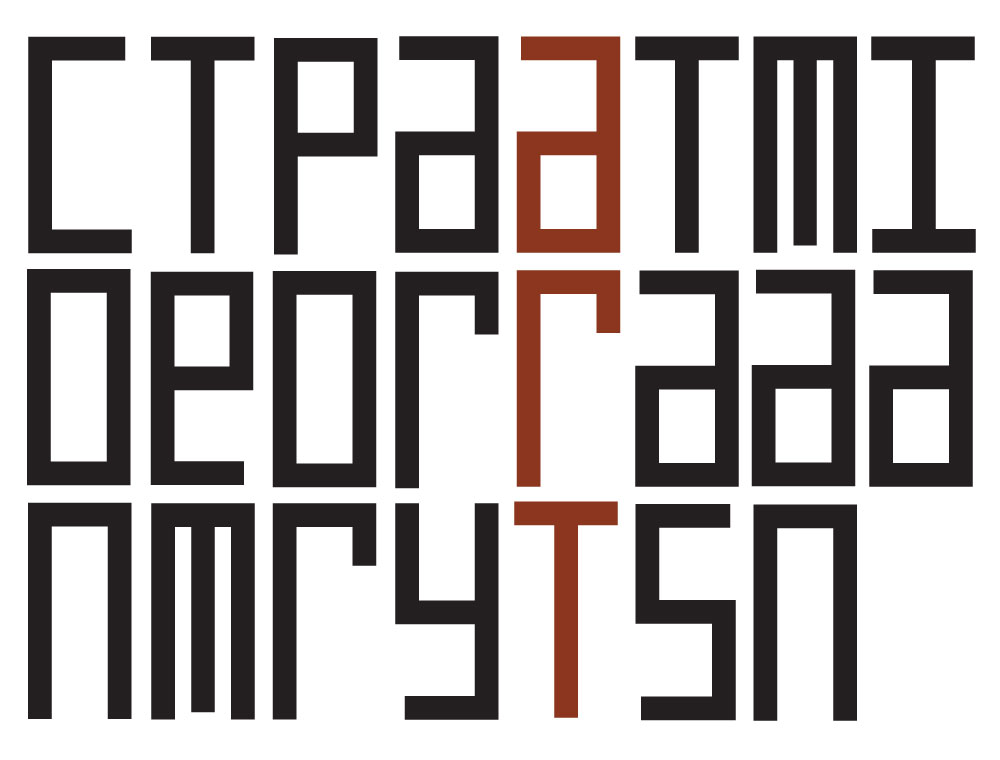Curators
MICHAEL EDWARDS
CRAIG JUDD
Artists
DENISE AVA ROBINSON
AMANDA DAVIES
DAVID MARTIN
LISA GARLAND
FRED FISHER
MATT CALVERT
CATHERINE WOO
MICHAEL MURUSTE
MISH MEIJERS
PETRA MEER
Register: Tasmanian Artists 2006
Date: 31-Aug-2006 – 12-Nov-2006
Location: TASMANIAN MUSEUM AND ART GALLERY, HOBART
This exhibition Register: Tasmanian Artists 2006 is the third collaboration between the Tasmanian Museum and Art Gallery and Contemporary Art Services Tasmania. All – Group Material, Acidophilus: Live Culture Colonised at the TMAG and Register have relied on different curatorial models for final realisation of each project: curatorium committee, individual curator working from artists’ submissions and now co-curators.
Register is the outcome of some fifty artist studio visits by Craig Judd and Michael Edwards around Tasmania, 2005/2006. Initially we were looking for artists who had not had a significant exhibition profile or history, but it became apparent that most of the artists we visited have an active exhibition profile throughout Tasmania and Australia. We were interested to see the artists’ recent works from the previous two years. It was important to get a sense of the work and where and how it was made. There was no program or predetermined search for specific themes or content or types of practice.
There are ten artists in Register. A broad range of media is represented: painting, photography, sculpture, installation and video. There is an excited embrace of process in the works on display.
Matt Calvert’s sculptures are slippery. They are like trophy shields commemorating some long lost battle or event. They are also ironically simple and folkish in their references. Calvert builds accretive forms with the detritus of car culture – windscreen glass, reflector plastics, rubber seals, automotive paints and panel templates.
Amanda Davies’ paintings play with the nature of representation, that is, how illusion is created and the dominant role of photography in contemporary culture. There is an air of risk about the making of these works. Often painting in reverse on plastic surfaces, and inspired by caches of found photographs, Davies asks audiences what makes an image indelible.
Fred Fisher’s work is informed by a background in industrial plastic modelling. Researching every possible variation, his three dimensional sculptural forms have a complex dynamism derived from the repetition of machine-cut coloured shapes. In contrast, there is a real physicality or figurative presence in the video projection which depict the animation of a series of small sculptures.
Lisa Garland’s intense and graphic black and white photographs reveal the relationships of people to their home and environment. Drawing on the long heritage of portrait photography, there is a disarming honesty and obvious rapport between the artist and her subjects. Garland’s ongoing documentary project is a tribute to her home, the North West Coast of Tasmania.
David Martin looks at the primary source of being and existence, the sun. These large scale, colour photographs are part scientific document, part sensual meditation on the passages of light. Captured at different times of the day and in various weather conditions, the works cut across and challenge the traditional notions of abstraction and representation.
Petra Meers’ banner-like installation continues her fascination with the woven woollen material in found men’s dressing gowns. The used fabric is almost talismanic, and already richly coloured and textured; Meers enhances the social significance of the shroud/blanket/protector with a concentrated overlay of stitches.
Mish Meijers’ luridly coloured, sugared landscape looks to what is now an archival period for computer generated imagery. In this work Meijers employs the climactic end of most computer games, the violent mise en scène where the player is taken to another (better, more skilled?) level. This giant, pixellated image is deliberately subversive.
Michael Muruste’s loaded brush takes audiences on journeys that suggest cultural meta-narratives and garden-like microscopic worlds. This sequence of black and white drawings on paper is the initial fire or inspiration for later paintings. The works form an architectural framework whose presence is enhanced with a multitude of amoebic leitmotifs.
Denise Ava Robinson enjoys intricate processes of gathering and making. Drawing upon many different cultural references, she creates fragile objects that have echoes of precious offerings given in ritual. The careful placement of the vessels in glass vitrines is part of the dialogue and the traditional understanding of the museum as a holding place of things of value.
Catherine Woo reclaims the mantle of the scientist to create objects that contest the perception of surface and depth of field. A naturally occurring mineral silicate, mica, is the core material for the artist’s exploration. Strangely weighty in spite of the shimmering and lustrous surfaces, these works recall epic geological forces and unstable atmospherics.
Register is a deliberately heterogeneous exhibition. For artists, the studio visit with curator or gallerist can be a quite confronting and difficult encounter. Even within the private environment of the studio, many artists find it difficult to encapsulate their passion, their ongoing engagement with technique and content. Some artists are fearful that their words will proscribe and too closely direct the reading of their work. Some artists, in contrast, are armed with the rhetoric of theory and knowledge of national and international contexts for their work. For curators, however, this process of looking and talking is vital. It reveals new aspects of the work which are quite often submerged in exhibition.
If there is to be a linkage across the artworks in Register it is process — a living and evolving field of research into personal and formal artistic concerns. In Register artists have discovered a particular artistic vocabulary and are intent on exploring all levels of that language with expansive bodies of work. The apparent confidence of the art in Register is a direct manifestation of the incremental learning and development that close engagement with process delivers.
Craig Judd
Michael Edwards
July 2006
